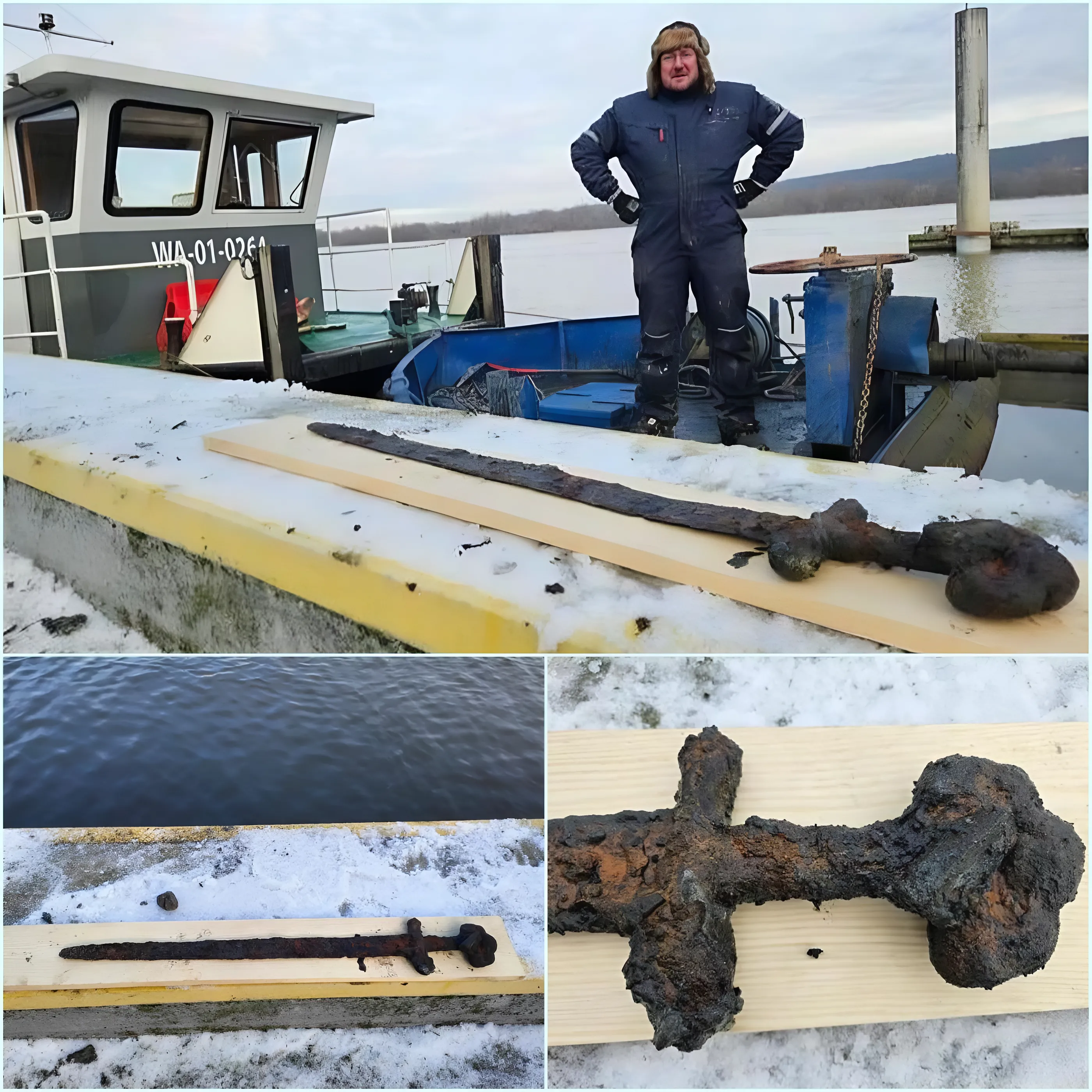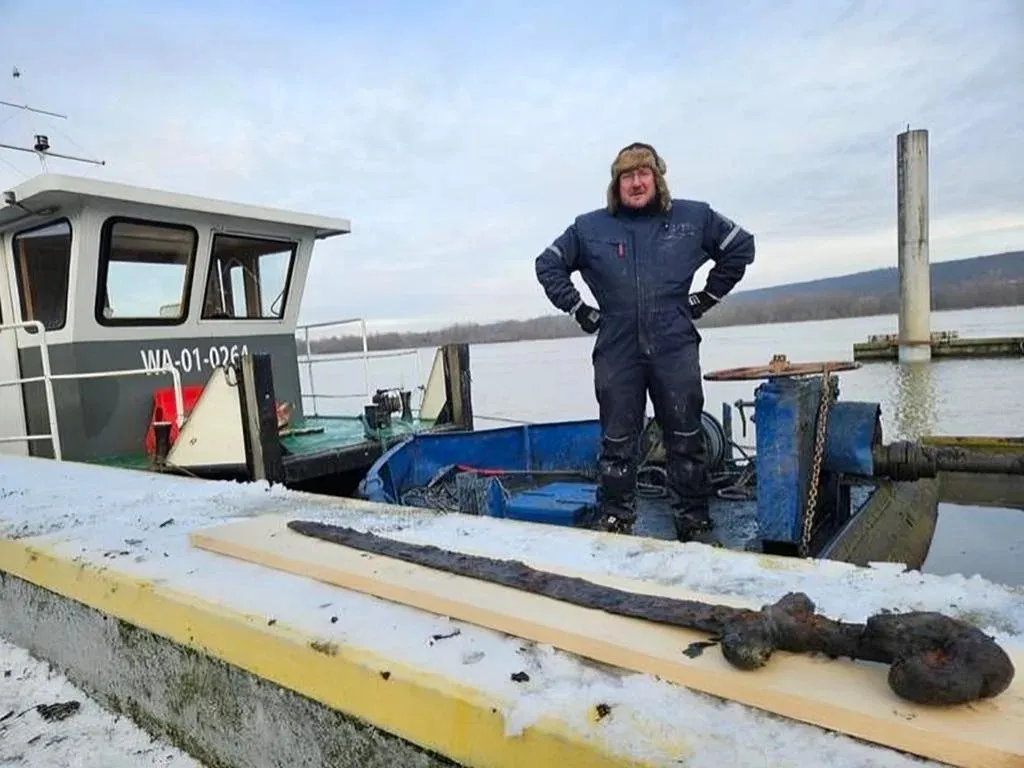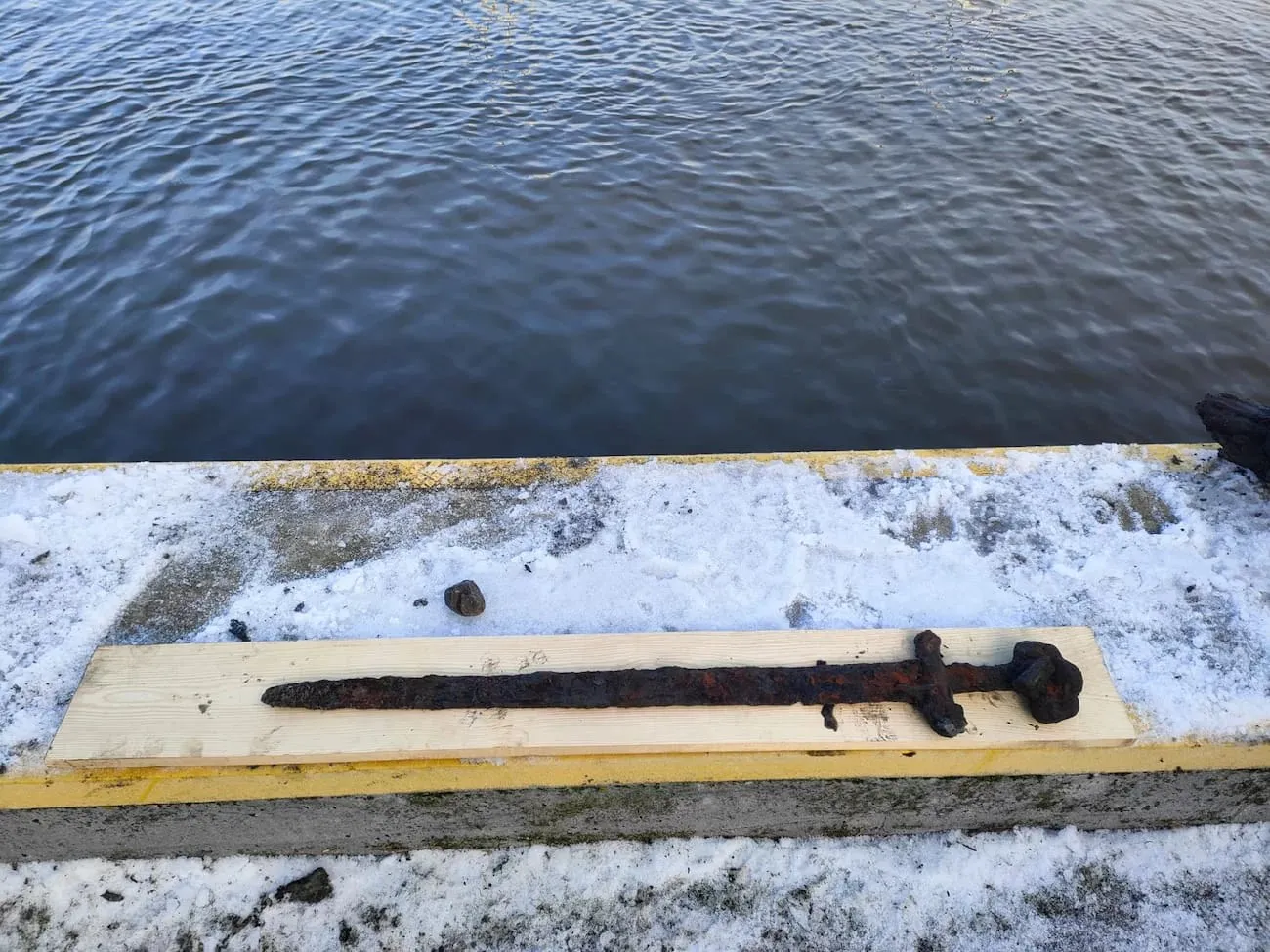The recent accidental discovery of a Viking sword from the 9th to 10th centuries in the Vistula River near Włocławek, Poland, is indeed a significant archaeological find. Only thirteen similar swords have been found in Poland to date, making this discovery particularly rare and noteworthy.

The sword bears the distinctive inscription “ULFBERHT,” which is characteristic of a type of sword known as Ulfberht swords. These swords are renowned for their high-quality craftsmanship and advanced metallurgical techniques, especially their use of crucible steel, which was superior to the typical iron or steel used for weapons during that period.

The name “Ulfberht” likely originated from a Frankish name, possibly associated with a skilled sword maker or workshop. It became a mark of quality and was replicated by various smiths across northern Europe and Scandinavia, bridging the transition from earlier Viking swords to the later medieval knightly swords.

These Ulfberht swords typically feature a wide, flat blade with an average length of around 80 centimeters. They were made using a technique similar to Damascus steel, where different pieces of metal with varying compositions were layered and forged together, resulting in a blade of exceptional strength and flexibility.
The preservation and study of this newly discovered sword by experts at Nicolaus Copernicus University in Toruń will provide valuable insights into Viking craftsmanship, trade routes, and the historical context of weapon production during the Viking Age. This find adds to our understanding of Viking presence and activities in the region, reflecting their influence and the exchange of goods across Europe during that era.





